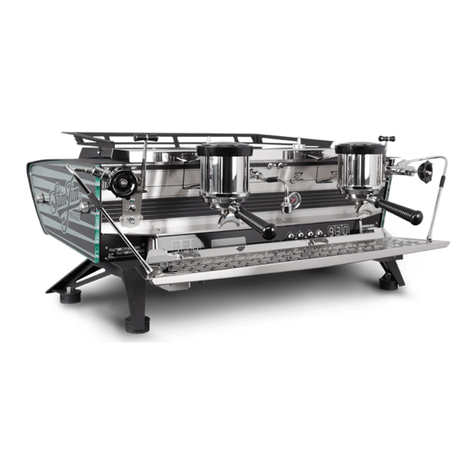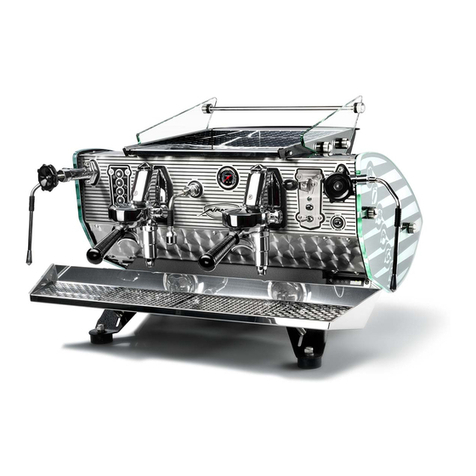CONTENT
Speedster I&U manual page 1
Designation.............................................................................................................................................. 2
Precaution................................................................................................................................................ 2
Safe operation ......................................................................................................................................... 2
Water Quality........................................................................................................................................... 3
Parts identification ................................................................................................................................... 4
Dimensions and characteristics............................................................................................................... 5
Water supply............................................................................................................................................ 6
Water treatment system .......................................................................................................................... 6
Waste/drain ............................................................................................................................................. 6
Machine location...................................................................................................................................... 6
Surface .................................................................................................................................................... 6
Pump location.......................................................................................................................................... 6
Electric mains .......................................................................................................................................... 7
Unpack..................................................................................................................................................... 8
Parts included in standard shipment ....................................................................................................... 8
Installation................................................................................................................................................ 9
Connect water supply........................................................................................................................ 10
Connect water discharge................................................................................................................... 12
Connect to mains power and switch on............................................................................................. 13
Adjust pump pressure........................................................................................................................ 14
Using the machine................................................................................................................................. 15
Brewing espresso.............................................................................................................................. 15
Shot timer .......................................................................................................................................... 16
Pressure gauge ................................................................................................................................. 16
Hot water ........................................................................................................................................... 17
Steam ................................................................................................................................................ 19
Change boiler temperatures.............................................................................................................. 20
Cleaning the machine............................................................................................................................ 21
Remove filter basket.......................................................................................................................... 21
Filter holder........................................................................................................................................ 21
Steam wand....................................................................................................................................... 21
Clean exterior .................................................................................................................................... 22
Back flush group................................................................................................................................ 22
Replace group seal............................................................................................................................ 23
Clean group dispersion plate............................................................................................................. 24
Maintenance.......................................................................................................................................... 25
Recommended maintenance scheme............................................................................................... 25
Maintenance Records........................................................................................................................ 26
Contact information ............................................................................................................................... 27
Warning!
The Speedster is made for 220-240Vac power supply (50 or 60 Hz). Make sure that the power
demands (see identity tag on front of machine) matches the local power supply before connecting the
Speedster to the mains power. We cannot be held responsible for damages resulting from connecting
the machine to incompatible mains power.
Warning!
The machine is meant to be connected to the water mains. To prevent possible water damage we
advise to install a water-spill detection system that closes the water supply in case a leak occurs.






































